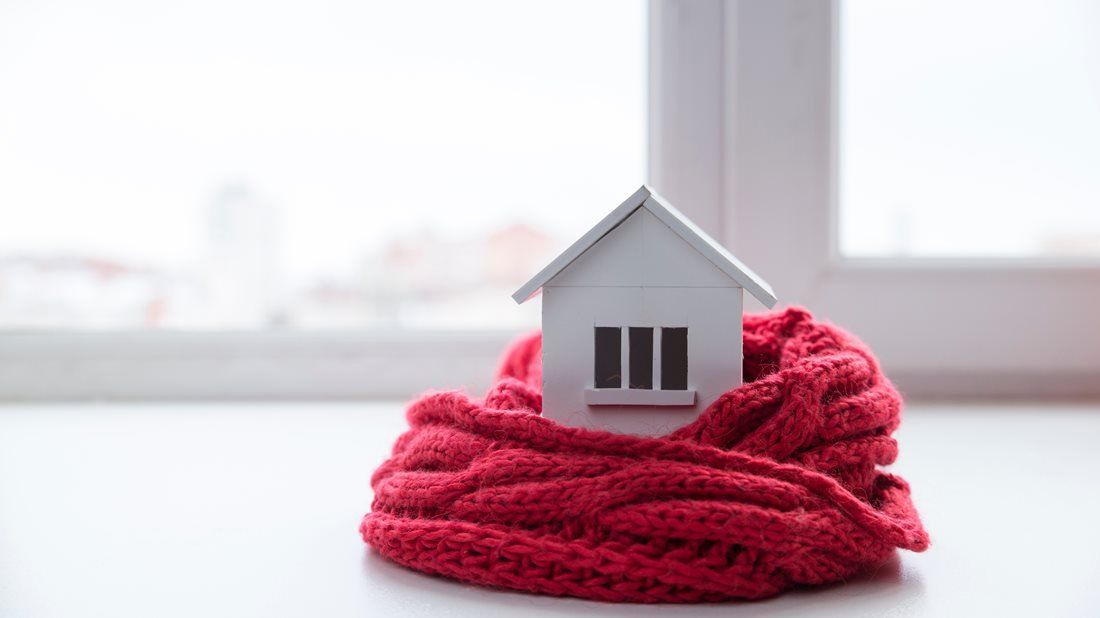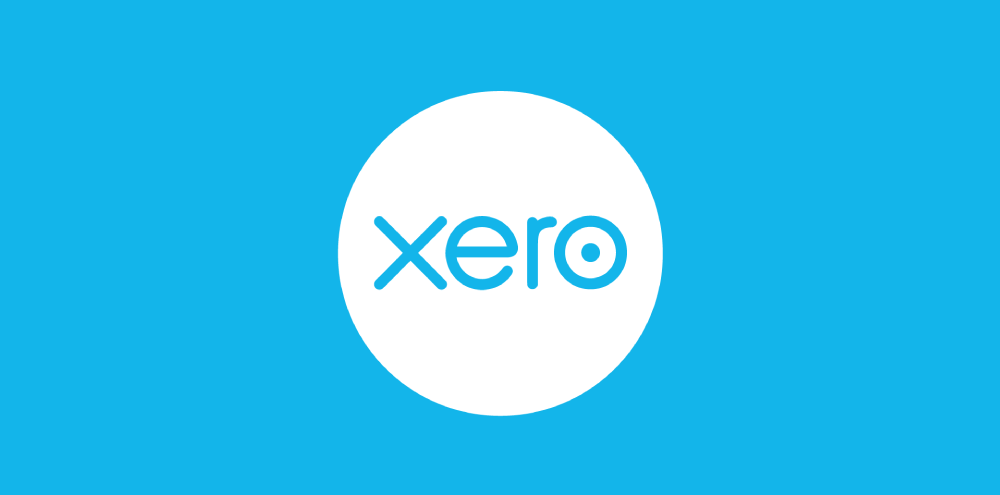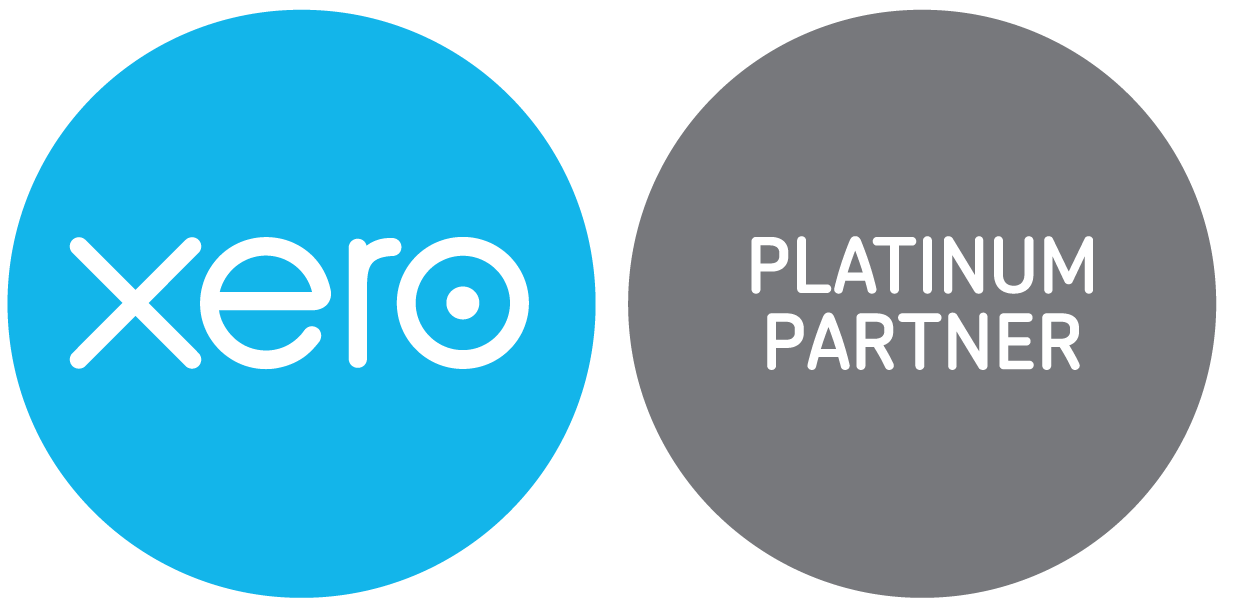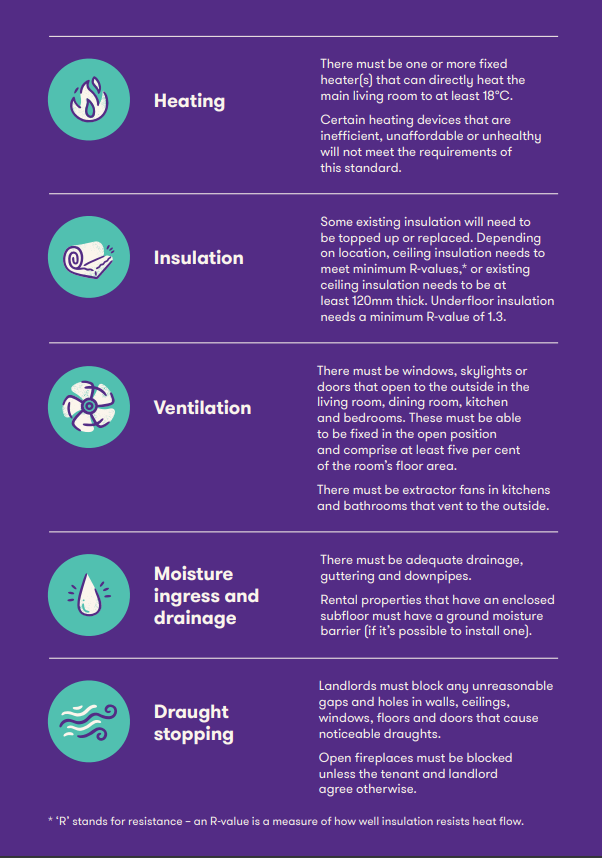Healthy Homes Standards – are your rental properties compliant?

The deadline for landlords to provide a compliance statement for the Healthy Homes Standards has been extended from 1 July 2020 to 1 December 2020. The compliance statement must be provided within new and renewed tenancy agreements, detailing how the rental property complies, or will comply with the Healthy Homes Standards.
Any tenanted properties should already meet the
2016 insulation requirements under the Residential Tenancies (Healthy Homes Standards) Regulations 2019 which required that all privately owned rented homes must have insulation which meets or exceeds the minimum requirements by 1 July 2019.
By 1 December 2020 , landlords must include a statement of their current level of compliance with the Healthy Homes Standards in new or renewed tenancy agreements.
By 1 July 2021 , private landlords must ensure that their rental properties comply with all aspects of the Healthy Homes Standards within 90 days of any new or renewed tenancy.
By 1 July 2024 , all rental homes must comply with the Healthy Homes Standards.
We recommend landlords adhere to all aspects of the Healthy Homes Standards as soon as possible and before 1 July 2021. A summary of each aspect of these standards is below and further details can be found HERE .
Exemptions for apartmentsIf your rental property is an apartment and there is another apartment immediately above it, you are exempt from the ceiling insulation regulations. The same goes for apartments that have another apartment directly below them; these are exempt from underfloor insulation regulations. You will need to liaise with your body corporate or company share regarding their policies around installation of heatpumps or extractor fans, as these may not be allowed at an individual unit level.
Tips for keeping your property warm and dry, and attracting the best tenants
Especially if you’ve got a change of tenancy over winter, you have a better chance of finding tenants quickly and keeping them for longer if your property is well-insulated, well-ventilated and inexpensive to heat. These properties are easier to market and can attract a higher rent.
As well as ensuring your property complies with the Healthy Homes Standards, the following tips will help you keep your rental property warm and well ventilated:
1. Encourage tenants to ventilate the home by opening doors and windows regularly to allow fresh air in. Good ventilation is important for maintaining healthy indoor air, and reducing the amount of moisture in your property will make it easier to heat.
2. Provide tenants with a dehumidifier and encourage them to use this to collect moisture, ensuring dryer healthier air, less condensation and to prevent mould and mildew from forming.
3. Heat transfer systems ensure heat is efficiently and economically used within your property, keeping multiple areas of the property warm and dry – saving you and your tenants money.
4. Between tenancies and when completing property inspections, check for underlying causes of damp, such as broken guttering and leaks in plumbing pipes.
Property Management
Your Wellington property management specialists - LPM Property Management .
Property Maintenance
We work with many trusted professionals that we can recommend for all of your maintenance and compliance requirements; from installing insulation, ventilation, heat pumps, heat transfer systems, or plastering, painting, plumbing, electrical work and landscaping.
Contact us for details.














